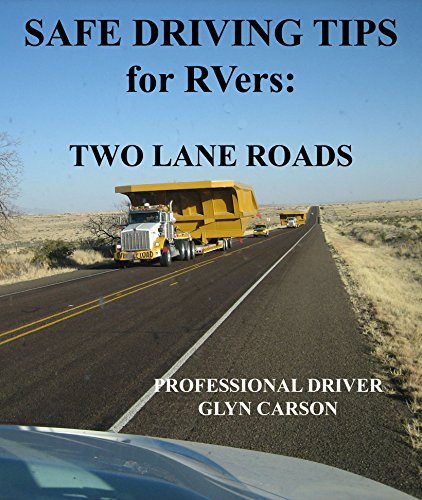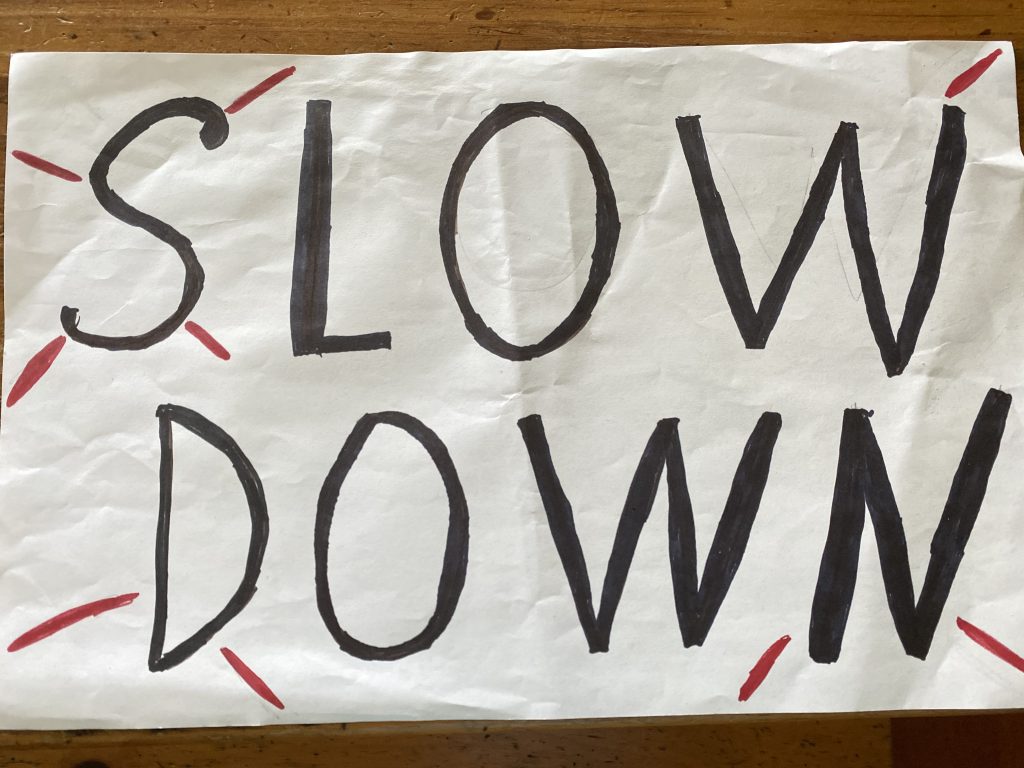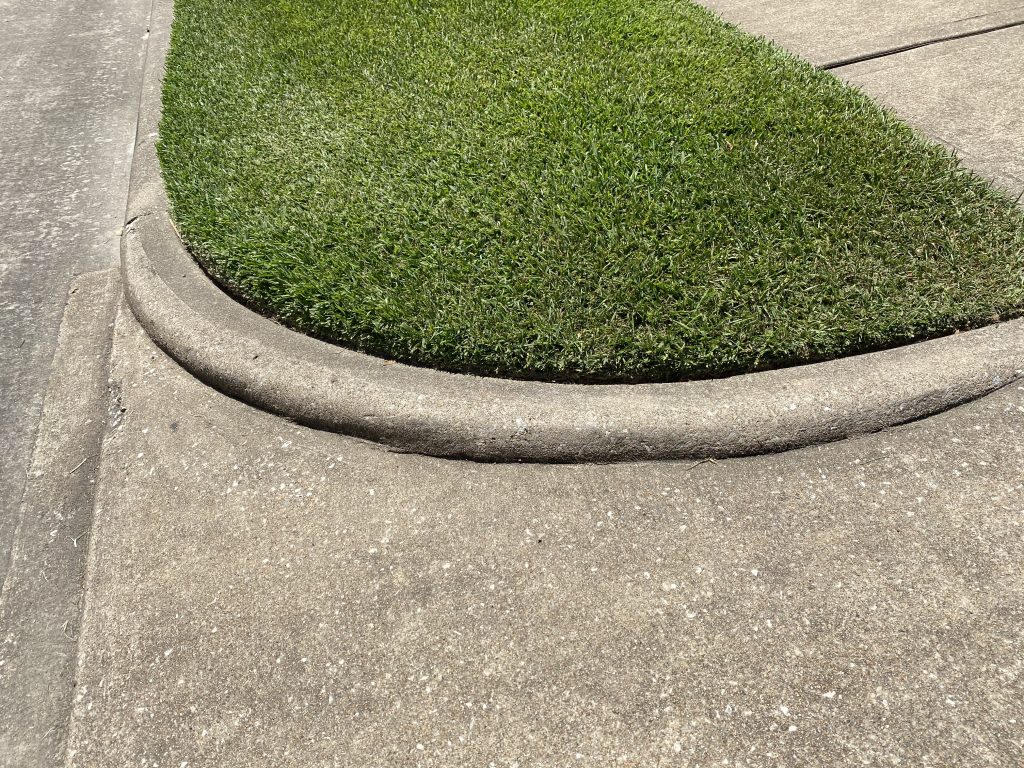Well RV’ers do you want to get back in that rig again but maybe you are scared to. No worries, here are “7 RV driving tips: to make sure you arrive alive on your next RV adventure ” when you start hitting the road again.
How many RVers get into accidents yearly is about 70,000. Here are 7 RV driving tips to help you avoid this situation.
Before you jump in that rig and take off, there are some rules to follow on the road. I have for you: “7 RV Driving Tips To Arrive Alive On Your Next RV Adventure” . Lets dive in.
7 RV Driving Tips: To Arrive Alive On Your Next RV Adventure
- Wearing your RV seat belts
- Co-Pilot
- Keeping speed down
- Aggressive driving
- Wide turns
- Pulling in or out of camping spot
- Watch overhead clearance
We all have been cooped up for far too long. We all miss our rigs and I know I do.
All this Covid hype and hysteria is dying down and things are opening up and getting back to the regular normal.
But as we all get back and out in our rigs now more than ever we must concentrate on safety in driving in our RV’s. Also because people are going to be bat crazy out there.
For more RV Driving Safety Tips Read below:
Safe Driving Tips For RVers:
This book was written by a retired commercial driver. He has taken his 35 years of experience and compiled a short book giving tips on what to watch for and how to handle different situations while driving on two lane roads across the United States in your RV. https://amzn.to/3le5mqf

1. Wearing Your RV Seat Belts:
Before the days of seat belts and car seats the driving was pretty slow and not as dangerous as it is today. The speeds are much more and people drive aggressively. You always need to be prepared, even if you are just going down the street.
This is especially more important when you are in an RV. It doesn’t matter if you are pulling a fifth wheel, travel trailer or just driving in a A- Class or a C- class. Everyone needs to have the seat belts on.
Example: If you are in an A- Class or a Class rig. You can move around in that rig but you will be moving from side to side while it is going down the road. If the driver has to make a sudden braking situation, you will be projected forward.
If you need to move around while in motion do it slowly and carefully. Do what you have to do and get back in your seat.
2.Co-Pilot:
When traveling in your rig most of the time the driver has a co-pilot in the front next to them . This co-pilot is crucial because that other person is the drivers second pair of eyes and extra pair of ears.
The driver has a lot of responsibility and weight on their shoulders. they are trying to concentrate on the road and looking behind and to the side as much as possible. But sometimes no matter how much you are paying attention things can pop out of nowhere.
We almost pulled out at a traffic light and could have hit someone head on. Thank the Lord I was paying attention and caught what almost happened. Sometimes they can get distracted by things.
3.Keeping Speed Down:
Keeping your speed down when in a RV is important. When you keep it down you are allowing yourself for more of an reaction time if need be. It is a harder and longer time to slow down in a rig .
You are not in your car and you can’t do in a RV what and how you do it in your car.
The tires of an RV carry a lot of weight, and cannot stop on a dime. If you do you will have some one through your back door and out your front.

4. Aggressive Driving
RV Only: The rig that you are driving or pulling is not a car. This should be remembered at all times. You can’t maneuver this kind of vehicle like you do your car. When you are in your car and you need to pull over most people just find a break and they pull over.
They do this without using their signals. Bad bad move in a RV. When and if you need to merge you have got to let others know a long ahead of time that you need to do so. Sometimes it might take awhile to do so because people are rude and they don’t and really don’t understand what it takes to drive these things.
5.Wide Turns
No Curbs: When driving and turning it is much more to it in an RV. The way you go about turning your rig can mean the difference between life and death. If you over correct you could flip that thing and be upside down and maybe wide up in the hospital fighting for your life.
The rule of thumb when turning is : When you turn right only start turning when you see the street to your right then you can start turning.

6.Pulling In Or Out Of Camping Spot:
Stop And Slowdown: When pulling in or pulling out of a camping spot it doesn’t matter if you are in a campground or boon docking in the woods. Slow it down and stop. Before you jump out and start hooking up.
Get out of your rig and survey the spot you are fixing to pull into. Make sure there are no obstacles in your way that you might hit. Pull in very slowly and shallow as not to hit any tree limbs or the connective pole that connects to your rig.
This is where the Co-pilot comes in very handy. A must to have and we finally got one is a Walkie talkie. The co-pilot is outside telling you which way to go and guiding you back the whole way . Make sure that you can see the driver and he can see you also if possible at all times.
7. Watch Overhead Clearance
Bridges: It is fine if you are on the open road and there isn’t any obstructions in the way. There are bridges though and each bridge has a height. These heights usually are marked on the lower top of the bridge . There are also signs before you reach the bridges that list the height of it.
This is important to know your height of your rig. If you don’t It could mean that if you miss judge that bridge height you could loose your roof and not to mention what ever else there is on top. Even an inch could matter.
If you forget that measure, tape it to the driver side of the window so you can see it.
Most Important Tip

And Pay Attention
